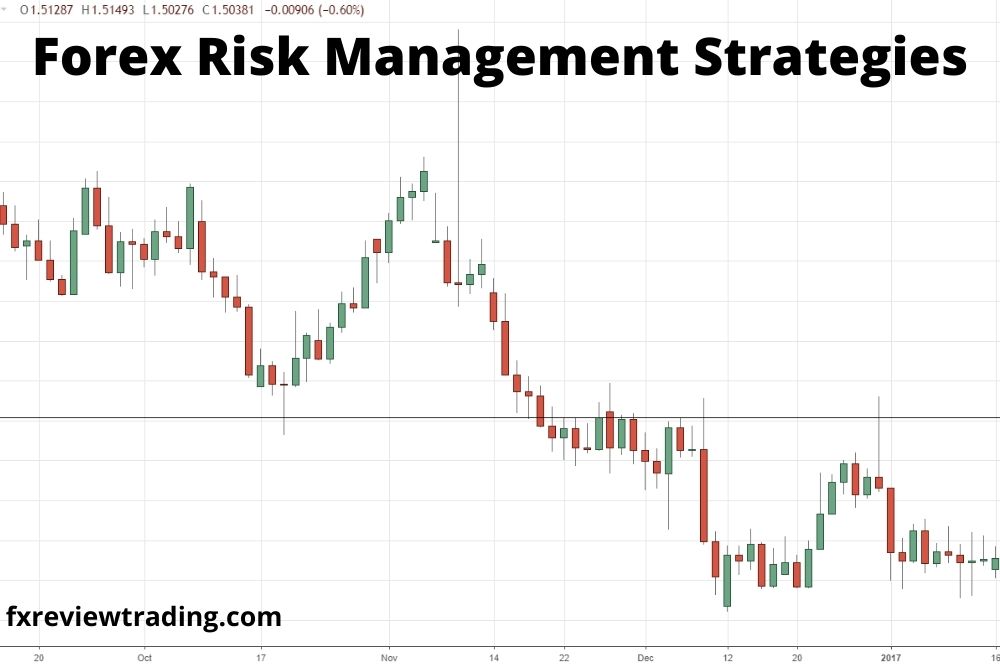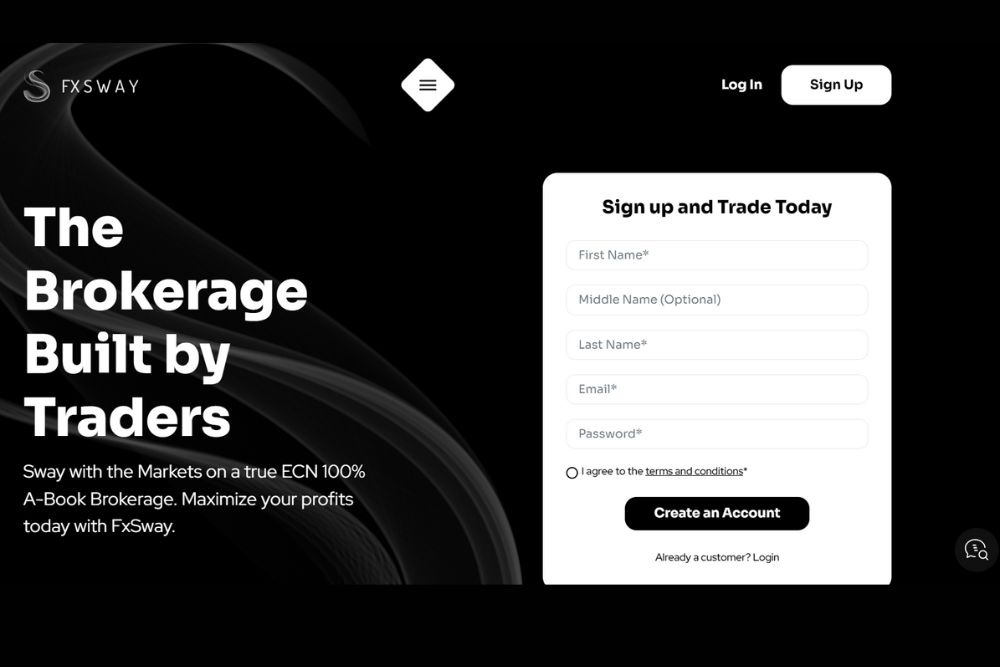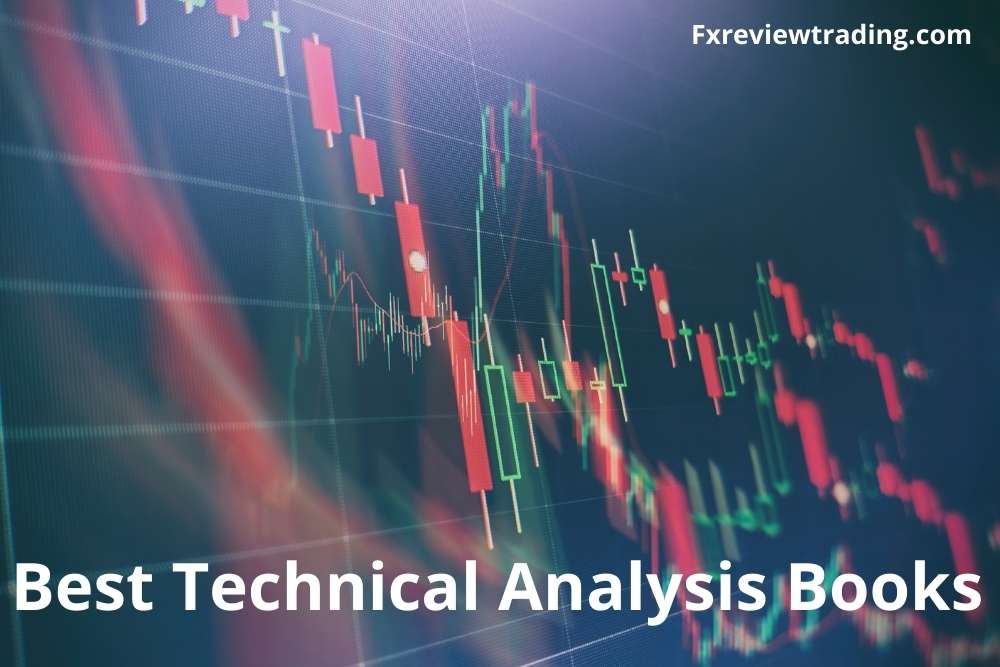Forex risk management empowers you to put in place a set of rules, thereby allowing that any adverse effect brought about by a forex trade is not beyond repair. A competent strategy requires that there be proper planning from the beginning. It is always good to have a risk management plan to which you may be able to refer whilst trading. Forex trading involves a number of risks. Currency risk, Interest Rate Risk, Liquidity Risk, and Leverage risk number among these. Forex risk management strategies go a long way towards dealing with such risks, thereby mitigating any possible damage usually attributable to risks.
Forex trading risks
Interest rate risk – This is the risk concerning the abrupt increase/decrease in interest rates, thereby affecting volatility. Interest rate changes thus impact forex prices, the investing and spending level throughout an economy expanding or shrinking, in concordance with the rate change direction.
Currency risk is the risk pertaining to currency price fluctuations, causing foreign assets to become more/less expensive to buy.
Leverage risk is the risk of magnified losses whilst we trade on margin. Since the starting outlay is tiny compared to the trading volume, you get complacent over the amount of capital you expose to risk.
Liquidity risk is the risk that you are unable to swiftly purchase/sell to pre-empt the possibility of loss. Although forex is a highly liquid market, illiquidity periods are not hard to come by – contingent upon the currency as well as official policies impacting foreign exchange.
Breaking bad trading habits – behavioral change and strategy development
Gratification trading on the web
With the entry of the internet onto the global Fx trading scene, suddenly, risk exploded out of control. This was correctly attributed to the speed of an online transaction. Truth to tell – the transaction speed, instantaneous gratification, as well as the surging adrenaline rush, triggered the gambling instinct, leaving weakened traders in their wake. Unsurprisingly, the observed tendency was there tuning to online trading as an avatar of gambling, miles removed from the approach to trading as a professional calling hungry for its own set of proper habits.
A trader speculating is not a gambler. What sets speculating apart from gambling is risk management. Gambling forsakes any kind of control over itself while speculating is amenable to the same. It has been observed that a Poker game can be played from the perspective either of a gambler or a speculator – with completely divergent results.
The odds of winning at trading?
The first concern of risk management is to calculate the odds of your trade being profitable. For that to eventuate, you must have a grip on both fundamental and technical analysis. You must by definition, be able to comprehend market dynamics, besides knowing the situated locations of psychological trigger points. Here’s where price charts can help.
When you decide to take a trade, the next factor becomes how well you control the risk. It is important to understand that the better you measure risk, the better you handle/manage it. In other words, measurement brings clarity to risk management.
The cutout point
While stacking the odds in your favour, you have to set down a limit, your cut out point when the market meets it. The risk becomes the difference between the cutout point and where you enter the market. You must accept this psychological risk upfront, where you trade. you understand the possible magnitude of potential loss, you are okay with it and, therefore, can proceed. If the potential loss unnerves you, it is best for you to desist from taking the trade. If you do, you would feel too upset to be able to execute the trade dispassionately.
Sliding your stops
Because risk is the obverse with regard to reward, you ought to draw a limit, keeping in mind that if the trade reached that point, you will shift your original cut-out limit to make your position secure. This is ‘sliding your stops’. This is the point where you break even if the market cuts you out. Once a break-even stop protects you, your risk recedes to nil. The conditions, however, are that the market should be quite liquid, and you know your trade will be executed at that price. Here’s where it helps to understand limit orders, stop orders, and market orders.
Liquidity – this is a risk factor that rewards study. Liquidity denotes there being a requisite number of sellers and buyers at current prices, enabling the efficient taking of trade. In major currencies’ forex markets, liquidity is not even seldom a problem. In the spot forex market, this liquidity is called market liquidity. It supposedly amounts to about $ 2 trillion per day in trading volume.
Broker liquidity – This liquidity, however, is out of bounds for many brokers, besides being rather unevenly distributed across currency pairs. As a trader, you have to be more concerned about broker liquidity. You can stop worrying if you trade directly with a forex dealing bank. However, the other avenue needs some planning as you need to depend on an online broker who holds your account as well as executes your trades. Broker risk is sufficiently covered if your online broker is well-capitalized.
The trading capital availability – the amount of trading capital available to you is also a risk factor. Of your total capital, risk per trade should only be a tiny percentage.
Attempting risk measurement
Your price chart is the starting point for your risk measurement. Assuming you are trading mini lots, when pop in a mini lot is equal to nearly $1, you risk 50 pips, then you risk $50 for every lot you trade. In this case, trading two mini lots will keep your risk to less than $100. Here, you ought not to trade more than three mini lots.
Leverage
This is a risk factor of some importance. leverage happens when you use the bank/broker’s money rather than strictly your own. The spot forex market is leveraged to a high degree, evidenced by the fact that you could place a deposit of only $1000 and then trade $100,000. A 100:1 leverage factor allows this. Here, a one pip loss equals $10. In case there were 10 mini lots in the trade, and you lost 50 pips, your loss would amount to $500, not $50.
However, it cannot be gainsaid that a central benefit of trading the spot trading market is the availability of high leverage. The market being very liquid, it is easy to cut out of a position very quickly. Leverage, naturally, cuts both ways. If you are leveraged and you turn a profit, your returns are swiftly magnified. Conversely, losses would equally proportionately shrink your account.
Bad habit patterns
Thus remains a top reason why traders have losses.
All traders are responsible for themselves. The trader has to understand losses as being inherent to trading. When you trade, there’s a good likelihood of losing. If you cannot accept /understand a loss – that’s bad trading risk management.
A loss is not the same as a failure. It is not unusual for a trader, in his position moving into a loss, to wait for the loss to turn around and the position to become profitable. When the loss gets worse – the market definitely has not turned around.
The trader has to have a better grip on his ego. Accepting a loss and successfully analysing it to pre-empt the recurrence of a similar loss is a good trading habit that takes care of risk management as well.
Trading journal
You can ensure the objective nature of your trading by keeping a Trading Journal. You could note down your entry and exit points for each trade, adding your evaluation as to your motives. In addition, you could add a section on how a trade execution tallies with your overall trading aims. Whether your trading strategies in conjunction with forex risk management strategies are able to keep your trading plan sacrosanct is the question you will be able to treat adequately.
ROinvesting can support your trading with its excellent set of learning resources.
A detached relationship and concomitant risk management strategies
Trading forex is a scientific pursuit. It is neither gambling nor a hobby for dilettantes. That being said, sometimes traders allow themselves the levity to levitate. They get OTT with ruling fads and lose them dispassionately. The relationship with the market can be intense without being unreasonably emotional. And when volatility crushes, there’s no call for you to think the market hates you. The market is to you like the sea is to the sailor. Learn everything about waves and currents. And do not forget your lifejacket.
There’s more to explore if you are an active trader looking to limit your risks.
Most useful Forex risk management strategies
Following are the most useful Forex risk management strategies
Stand-by stop losses
It can potentially be disastrous to enter a trade with only calculated risks in your mind. You need to calculate a stop loss. You have to come up with a pragmatic risk-to-reward ratio, which in turn will limit drawdowns as also help you in selecting stop losses and targeting training limits.
A stop-loss reins in your losses by placing an order a certain number of pips away from your entry point or a given percentage below purchase price. This keeps restricting the total amount you could lose.
Following are a number of stop losses –
Sell stop
this order triggers held assets sale when those assets’ value hits or moves below a set price. This is a very common strategy to control risk in a trade. It also bails you out of an untenable position if the price action moves against your expectations.
Limit order
Here we deal with a type of trade that only permits you to enter or enter/exit a trade at a predetermined price. Being a great tool to set your profit goal, limit orders can be a superlative risk management strategy in the event of, as per your belief, forex pairs not breaking above or below existing lines of resistance and support.
Trailing stop loss
This strategy is concerned with the process of readjusting the stop loss on a position, even as the holdings appreciate. For instance, when you open a position with a stop loss and the forex pair appreciates by 2%, you could set a trailing stop loss at a 1.8% profit. Some profit will be locked while giving the position space to go on appreciating. As the position value appreciates, you could keep moving this stop loss up, optimizing potential returns even as the risk is minimized.
A stop loss is ‘rolling with the punches in the main.
Take profit, shield portfolio.
Pursuing profits implies leaving emotions behind. It is important to have predetermined exit strategies, enabling your judgment and decision-making faculties to remain in clarity. Logic and discipline will help you profit.
Do not manually exit trades as soon as you see the market moving against you. Even on its own, a manual exit is downright a risk. Be patient with the market. True, the market has moved against you. But as surely as it has moved against you, it will just as surely move in your direction. That’s because the market moves in a zigzag direction.
Be committed to riding out the market. Take profit orders being in effect. You can ride market waves. You will be cashing in when you need to, shielding your portfolio from harm in the process.
Why is position size important as a Forex risk management strategy?
Size does matter – and more so, in Forex trading. An increase in lot size bears a proportionate risk increase. On your increasing the risk too much too soon, there’s a good chance you will suffer a blowout. This would be especially true was your account were to be highly leveraged.
A good many traders commit no more than a tiny percentage of their total account value to any trade. When you know both the monetary value of the aimed-for position, as well as the number of pips exposed to risk in the trade, you have the position size.
For instance, considering your account value is $10,000, and you are about to open a position at the USD/GBP forex pair, $100 will be 1% of your account value. The pips per trade have to be factored in, as well. Supposing there are 200 pips, you divide $100 by 200 pips. The result is 50 cents per pip.
Last but not the least, you will be multiplying this value by the known unit-to-pip ratio. Considering that for a mini lot, this value is calculated as 10,000 units/$1 per pip. You thus have 5000 units of USD/GBP, the buyable amount, whilst keeping your position size inside your trading strategy.
It is worth pondering that different factors can impact this calculation, rendering a change. The number of pips remains directly proportional to risk. Concentrate on pips and unit-to-pip ratios when mulling possible trades to open using your account.
The calculation will also help you in deciding the expected recovery time in case you decide upon a big risk.
Inflating your volume and position size will not get you out of any Fx hole you might find yourself in.
Let indicators help you to sell
A stop loss is a great risk mitigator. On the other hand, indicators shield more of your capital, apart from helping you identify market changes as well as exiting a position well before the stop loss is reached.
On balance volume -OBV- tracks the buying pressure needed to sustain uptrends. When volume changes all of a sudden, there could be the implication of a turnaround or a price movement that defies anticipations.
In a similar vein, moving average crosses or price changes can provide sudden insight into a shift exaggerating the relevant risk, eventuating a pullout before the deluge of losses.
Concurrently, similar results are to be observed with MACD. Upon the MACD crossing over the signal line, there’s a bullish/bearish signal that corresponds to the shift in price movement.
Short positions generally face greater risk when a short-term (or 20-day) EMA crosses a longer-term EMA (the 50 days). There are reversed conditions for long positions. A longer-term EMA crossing over a short-term EMA could portend a further tranche of losses. Closing your position on time will protect your gains and capital.
Keeping the risk consistent
A good many beginners will increase their position sizes soon as they are profiting. This could take your account of the cleaners. Therefore, you must keep your risk consistent.
A brief winning streak does not set the pattern for the future. Being overconfident is also being less risk-averse. However, heed the caveat the moment you set about deviating from your own set of risk management strategy rules.
Staying aware of currency correlations
Currencies being priced in pairs, you must see that currencies are correlated. Understanding these correlations will reduce overall risks. Correlation denotes a measure of the extent to which one asset’s price changes with respect to another.
Positive correlation implies the movement of each currency in the pair in the same direction. However, their development is in opposite directions, in case of currencies in a currency pair are negatively correlated with respect to each other.
To b able to use forex correlations to your advantage, keep in mind the following –
Do not open several positions that cancel each other out – for example, when you go long on the EUR/USD and USD/CHF, you may well expect both currency pairs to evolve in opposite directions – something that would negate your own trading account.
This is so because the USD is the base currency in one pair and the quote currency in the other. The further implication is that when the USD becomes stronger vis a vis its counterparts, the EUR/USD will plummet. Concurrently, the USD/CHF will shoot up. Thus, the development in one pair has cancelled out that in the other.
Do not open positions with the same base currency or quote currency
For instance, if you go long on the EUR/USD, the AUD/USD, and the GBP/USD, these currency pairs will be positively correlated since they all have the same quote currency. Therefore, when the USD strengthens/wanes, your portfolio will be up or down.
Diversification
Some currency pairs move together, while some move in opposite directions. It is important to diversify your portfolio in order to mitigate risk.
Conclusion
Forex risk management strategies are vital to your basic trading goals. It is important that you have greater control over your trading behavior. The mastery of risk management strategies presupposes an excellent grip over fundamental and technical analysis rudiments. You can learn with PrimeFin. Forex trading with PrimeFin assured of great trading – as well as training- experiences.








